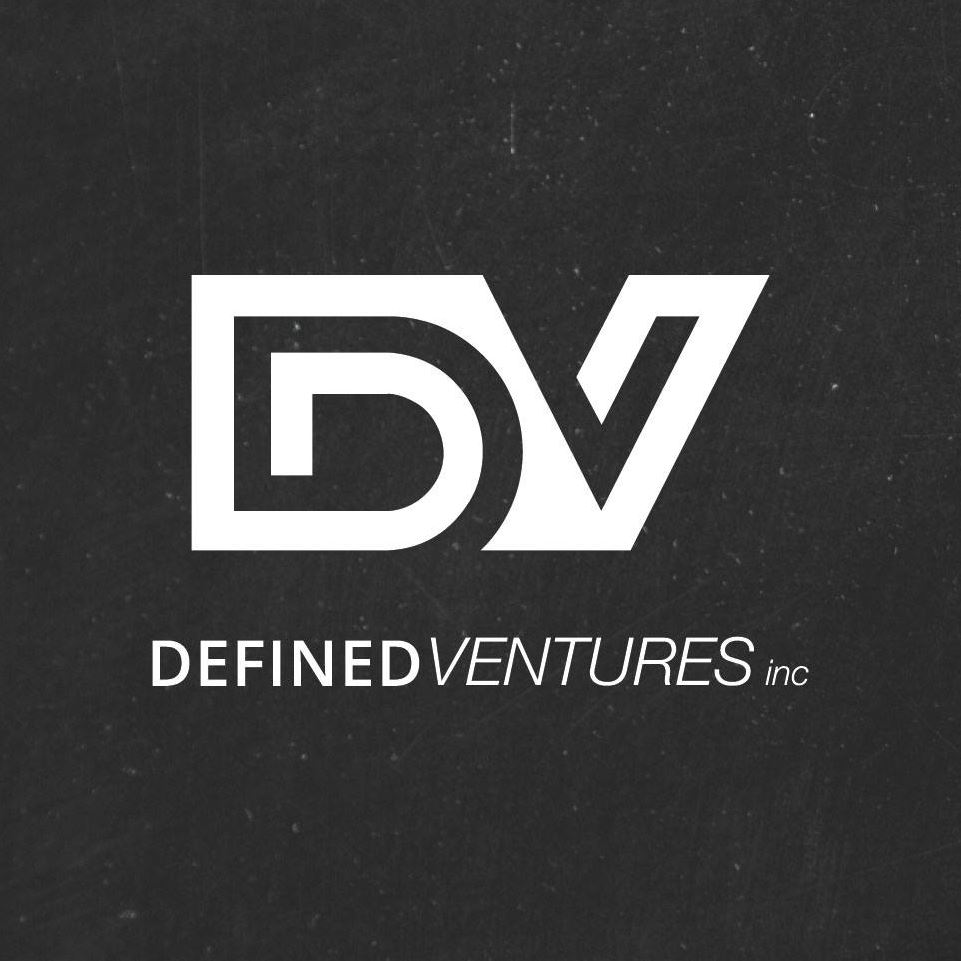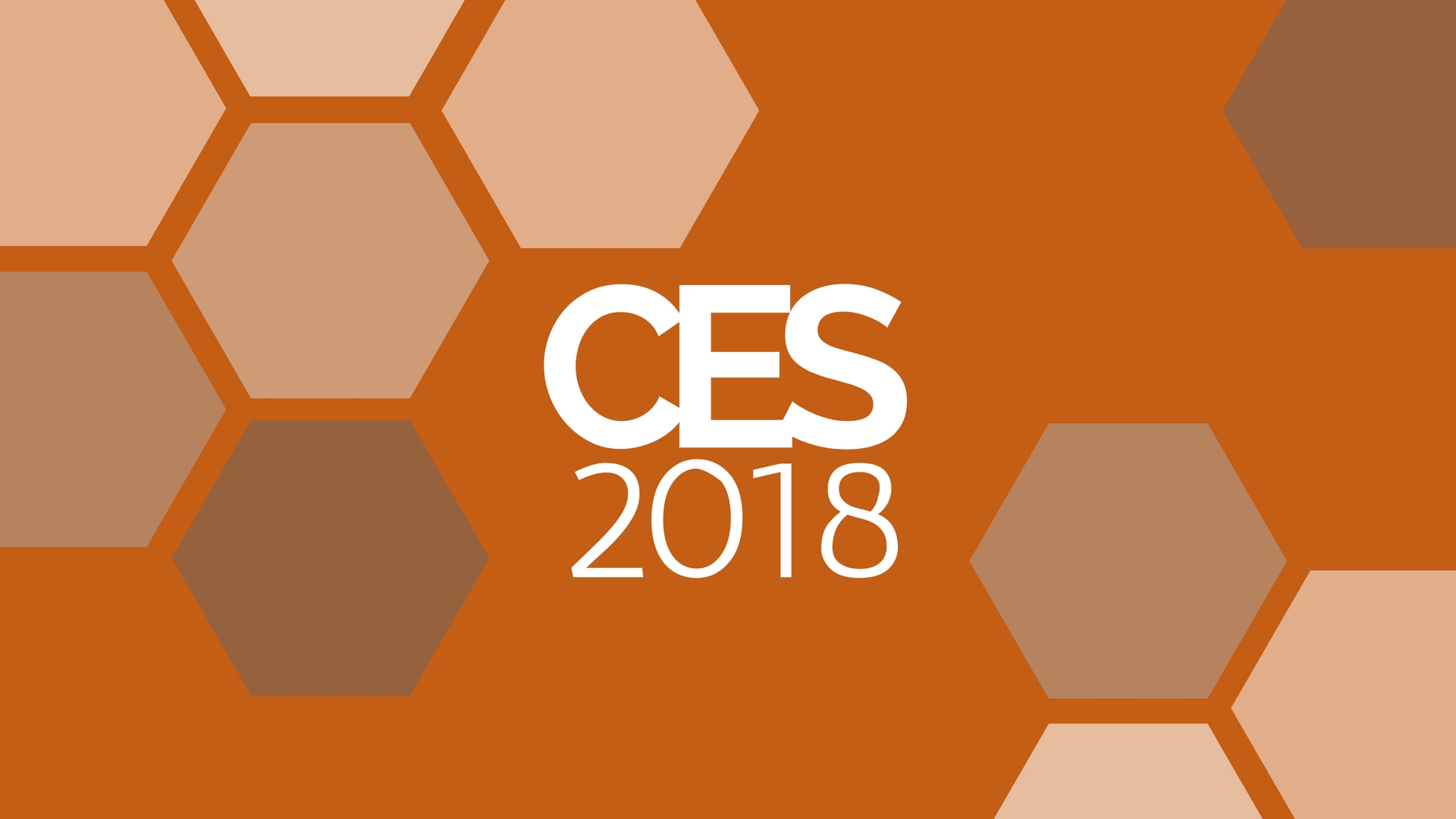It’s a fresh year full of fresh tech ideas – and those fresh ideas are being showcased this week at the yearly CES 2018 convention. This year’s CES was a veritable smorgasbord of devices, concepts, and companies all vying to bring attention to their new and innovative ideas. Attendees had a front-row seat to some of North America’s most innovative concepts and ideas, with many jumping into workshops and conferences for a more hands-on approach.
Rough Start for Tech
This year’s CES Convention admittedly got off to a bad start; a mass power outage greeted attendees on the morning of January 10th. Although workers restored the power just a few short hours later, it was a stark reminder for many of just how sharply most tech products and companies rely on electricity every single day.
A good reminder of the importance of infrastructure, too.
Causing the unfortunately timed outage was the incredible 1.33 inches of rain falling across Las Vegas over the weekend. While that might not sound like much for someone normally residing in New York or Seattle, Las Vegas almost never sees so much rain. When it does, it veritably shuts the city down. Fortunately for those of us attending, presenters and companies forged through puddles and ink-black rooms to ensure the show went on.
Intel, in true Intel fashion, couldn’t resist the opportunity for a little tongue-in-cheek social media fun. They rolled out this satirical post introducing, “Blackout™: The biggest thing to hit #CES2018 since #5G.”
Now that we’ve revealed this week’s biggest drama, Mother Nature herself, let’s get down to what you’re really interested in: the coolest tech and events spotted at CES. From advances in AI technology to the latest and greatest data analysis tools, here’s what had everyone talking.
AI & Automation Everywhere
One of the biggest tech concepts we saw this year wasn’t a single product, but a literal AI infiltration touching just about every area of tech we visited. In many ways, 2018 is shaping up to be the year when AI becomes standardized across most industries. It was built into computers, home automation platforms, vehicles, laptops, handheld devices, and new software platforms.
The general takeaway? If your tech (or your business) isn’t using AI, it’s already lagging behind.
Samsung demonstrated this dedication to AI by displaying its new 85-inch Q9S TV. This beast of a machine displays images and video in up to 8K, but it does so by using AI to convert lower resolutions to virtual 8K. This technology is similar to the tech found in high-end graphics cards, but the Q9S is the first real television to offer such a high-quality image with no adjustments.
Amazon’s Alexa, considered one of the smartest AI chat bot assistants on the market, also made a big splash at CES 2018, as did Google Assistant. Both technologies were found in everything from voice-activated lights to iDevices’ voice-activated light switch.
But not everyone believes the AI infiltration is what it seems. Simon Bryant, who works for Future Source, cautioned against companies and consumers putting too much stock in the general idea of AI. “Devices may well be smart and/or intelligent but that doesn’t mean they are AI,” he said.
Bryant also believes that, despite Alexa’s popularity, Google Assistant is, in fact, more advanced from a technical perspective. “Google Assistant appears more advanced in its use of AI.” He bases this decision on the fact that Google’s version seems to demonstrate more machine learning, whereas Alexa mostly responds as programmed. “Not all products that have a digital/voice assistant are AI.”
Robots Make a Splash
AI and automation was especially present at CES 2018 in the form of actual robots. This includes Sony’s new Aibo and the incredible Aeolus robot. Also present was Buddy the security robot and Keecker, a home security robot with plenty of charming appeal.
Aeolus is the homemaker’s best friend; it can deliver food, pick up clutter, locate lost items, give you information about your home, set coffee to brew, get dinner started or even clean your house. Most importantly Aeolus is smart; an embedded high-performance AI embedded CPU/CGU gives it the power to learn from both its owners and its surroundings so it can improve how it serves.
Sony’s new Aibo stole the show for many attendees; there’s no denying it’s cute as a button, but functionality-wise, this is an advanced piece of machinery. The Aibo is a throwback to the robot dogs first seen in the mid 1990s; unlike those models, the 2018 version is much more advanced.
Aibo is self-directed and motivated, but it uses its own environment to dictate movements and behaviors. Two cameras allow the pup to recognize faces, environments and voices, constantly reacting to each on an individual level. Add in a seemingly boundless amount of energy and you have a toy that behaves more like a real puppy than any robot before it. Aibo is so advanced that it can even navigate to its charging station when batteries are low to have a quick nap and recharge.
Both Buddy and Keecker focus on home security and monitoring, making them more functional than they are fun, but it’s hard to deny their visual appeal. Buddy, a small smiling robot created by the geniuses at Blue Frog Robotics, acts as an interface for both home security and home automation systems. He can even play games with your kids if you need a hand keeping them entertained.
Keecker, on the other hand, is more focused on function. It isn’t as cute as buddy; instead of a smiling face he looks a bit more like R2D2. It, too, is a sentry that responds to your voice, but it has built-in Android TV, a projector, speakers, and cameras to provide you with easy visual access to your entire home. Keecker even gets to know your house through machine-learning, mapping out rooms so you can call him to a specific room with just a single voice command.
Healthcare Tech Expands
One of the biggest trends at this year’s CES was expansion of healthcare tech. This year’s presentations showcased some of the most intricate and advanced technologies we’ve seen yet – including eye-tracking software to diagnose Autism and Parkinson’s Disease and virtual reality platforms to resolve phobias or treat traumas. One device, Siren Diabetes Socks, shows a remarkable ability to help patients prevent foot ulcers by constantly monitoring skin temperature and conditions on the foot.
At CES 2018, VR companies tackled the issue of patient-doctor access by using integratable VR technology with advanced health monitoring. Unlike the “Skype sessions” of the past, these concepts also provided medical professionals with information about vital statistics and basic health information. Doctors who utilize this technology could potentially cut down on office visits, lowering the risk of communicable diseases spreading through the waiting room, while still attending to patient needs.
One technology, called Right Eye, even uses eye tracking to predict or diagnose a swarth of health conditions; researchers theorize that eye movement often changes when a patient is sick or suffering from brain injuries like concussions. RightEye could make it easier for doctors to triage and identify the need for rapid intervention, preventing Traumatic Brain Injuries or even death.
Advancements in Software & Machine-Learning
Aside from the devices using software, the biggest bulk of relatable innovation at CES 2018 was advancements in software and machine-learning as a whole. This year’s newer platforms and programs did more to fulfill needs while also adapting to environments, people, and input from multiple data channels.
NETGEAR’s Insight app was one of the front-runners; it won a CES Innovation Award for its ability to unify multi-device wireless or ReadyNAS devices. As expected, the Insight app is largely a network monitoring and configuration app that lets larger corporations and enterprises micromanage network needs on the fly. NETGEAR classifies their new app as a “discover, monitor, and manage” app that removes the need for computers or even wireless connections or even computers.
We also saw advancements in the area of communication; a new Kika platform driven by AI and automation augments smartphone keyboard technology to learn your behaviours, enabling more expressive responses over time. Unlike platforms that simply provide access to emojis, Kika goes over and above by learning how you normally express yourself and tailoring options to suit your needs.
LISNR & Changes in Advertising Tech
One of the most interesting products at CES 2018 was the new LISNR technology. Called a proximity engagement solution, LISNR uses soundless sonic wave technology to monitor and broadcast to LISNR-compatible devices. This has practical applications in everything from the workplace to the factory floor through concerts and even within retail venues.
The company’s website gives the perfect example of LISNR in action: a customer walks into a grocery store with a LISNR-enabled smartphone. The store’s broadcasting device detects them, pulls up their profile, and sends out targeted alerts for sales and/or shopping opportunities in seconds. In practice, this could effectively allow retailers and marketers to market directly to consumers on an individual personalized basis, massively shifting advertising as a whole.
One of the LISNR’s main benefits lies in the fact that it uses Smart Tones™ sonic technology. It’s inaudible, and more importantly, does not require an internet or BlueTooth connection. Theoretically, this makes it highly attractive for environments where sound pollution is an issue or within emergency response measures.
LISNR also claims that Smart Tones™ technology is uniquely secure and protected for payments and/or sensitive information transmission. Because it doesn’t enter standard wireless airspace, it becomes much more difficult to intercept.
Finally, LISNR also shows us the future of data analysis and customer tracking. Smart Tones™ monitors can identify and analyze nearly anything, including foot traffic, customer interactions with specific products, and even interactions between sales reps and customers. Users can then modify or even automate adjustments based on that data, improving customer engagement and leveraging an entirely new classification of previously unused data.
President and founder of DVI, Aaron Boerger realized early in life that he had a unique combination of x-ray vision and business acumen for seeing the weaknesses that held businesses back – and the ability to define the right tools, technology and strategy to make them stronger.
From founding a successful technology support business in his early teens, to serving as Chief Operating Officer for several companies in the financial, technology and marketing industries, Aaron has developed a reputation for reinventing technology implementation tactics – and the willingness to tell people not what they want to hear, but what they need to hear, in order to achieve success without overwhelm.
Aaron will always go the extra mile to provide the accountability and support his clients need to achieve their goals, yet isn’t afraid to tell them when they are doing something wrong.

